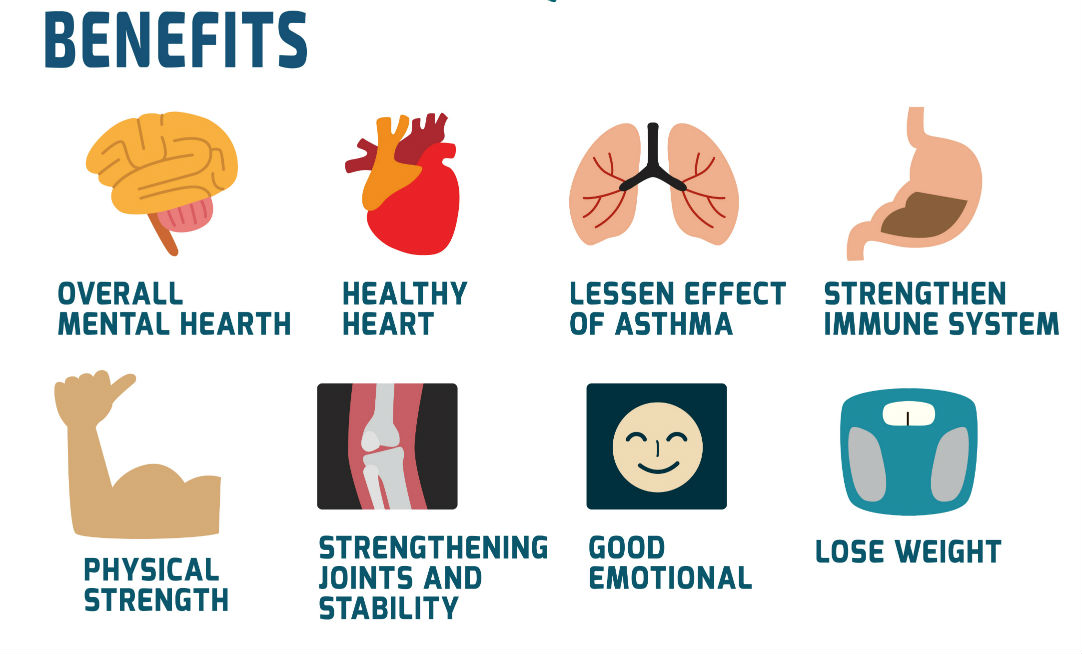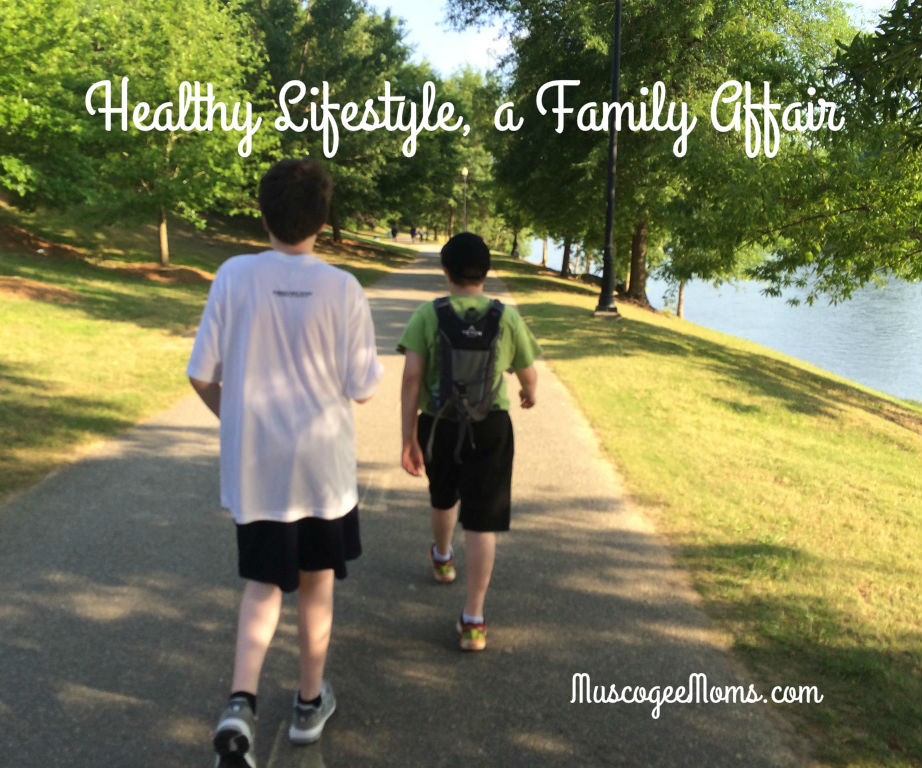Our journey to a healthy lifestyle has been a family affair.
By Charlotte Bowman
In September 2015, my youngest hit a grow spurt that caused his weight to greatly outpace his height. He shot up 20 points on the percentile chart in just four months. Instead of a graceful rising curve, his growth chart was a sharp spike. Needless to say, his pediatrician and I were concerned.
Every one knows that Childhood obesity puts kids at risk for certain health problems. Plus, overweight kids also may be prone to low self-esteem that stems from being teased, bullied, or rejected by peers. No parent wants this outcome for their child.
My husband and I do our best to eat well, but we’ve been lax when it comes to exercise. We are homebodies and we love our couch. But on January 11, 2016 — less than a week after my conversation with the pediatrician — my husband was hospitalized due to severe health complications. It was clear we needed to make some lifestyle changes. Now!
“We have not yet met our Waterloo, Watson, but this is our Marengo, for it begins in defeat but ends in victory.” – Sir Arthur Conan Doyle
After some discussion, we registered our family for a Couch to 5K training program. This beginners’ program is less of a running regimen than a walking and jogging program. The idea is to transform you from couch potato to runner, getting you to begin running a 5K or 3.1 miles and on a regular basis in just two months.
The first two weeks were an adjustment period. We spent less time running and more time encouraging the boys to keep up. They grumbled. We purchased two small CamelBak water packs and several Chilly Pads to help keep them hydrated and cool. Still, they grumbled.
By the fourth week, I knew we were licked. So instead of trying to force running, we let them go at their own pace. Turns out that my little couch potatoes are excellent walkers!
As the weeks rolled by, we fell into a routine. Every Monday and Wednesday we met up with the Big Dog Running group. The boys either walked with their dad or kept up with me on their scooters. On Saturday and Sunday we would do other fun activities.

Georgia is 17th in the nation in the number of children between the ages of 10 and 17 that are obese. Evidence shows long-term, healthful behavior changes are most successful when the entire family gets involved.
Beyond the obvious health benefits, exercising as a family has helped to strengthen our relationships and build memories. My boys are more willing to talk about what is going on in their lives when we are being active together.
Whether you’re playing tennis, swimming or walking the dog, exercising as a family gives you the chance to get outside, breathe some fresh air and really get to know each other. It doesn’t get much more rewarding!
In the year since we started running as a family, my husband has completed two half marathons. I have run three 5K’s, and the kids keep us company as we train. Best of all, my son’s growth curve has stabilized. And provided he continues to follow a normal growth pattern, his pediatrician and I are happy.
Healthy behaviors for a healthy weight
Research shows that the earlier a family makes changes to promote a healthy weigh in their children, the more successful they will be.
However it’s never too late for anyone to adopt better eating and activity habits. Even people who may be heavier than they want to be can improve the quality of their lives by adopting healthier habits. Adults need to be role models for their children and grandchildren in living healthy lifestyles.
The American Academy of Pediatrics (AAP) recommends the following behaviors to promote healthy weights for American children and their families:
- Every day eat the number of fruits and vegetables recommended by MyPlate. Vegetables and fruits are low in energy density and high in nutritional value.
- Limit sweet drinks. The average child consumes 400 calories per day from beverages. They do no eat fewer calories at the next meal to compensate for these liquid calories. Have water available at all time to drink at home and school.
- Limit screen time. For children less than 2 years of age, there should be NO screen time at all. After that age, less than 2 hours per day is best.
- Eat breakfast daily. This raises the metabolism and improves school performance. It also curbs overeating later in the day.
- Limit eating out, especially at fast food restaurants. This will help with portion control and fat, sodium and calorie intake.
- Eat together as a family as much as possible. Typically meals made at home and served to the family are higher in nutritional value than meals eaten alone or out.
- Limit portion sizes. Allow children to serve themselves. Often they will take less than an adult would put on their plates.
- Consume foods rich in calcium. Low fat or reduced fat dairy foods tend to promot a feeling of satiety.
- Promote moderate to vigorous physical activity for at least 60 minutes per day.
- Limit calorie-dense foods and select foods that are balanced in carbohydrates, protein and fat.
Disclaimer: This post was not sponsored by any business, nor is the content intended to be a substitute for professional medical advice, diagnosis, or treatment. Always seek the advice of your physician or other qualified health provider with any questions you may have regarding a medical condition or if you plan to start an exercise program! Big Dog Running’s C25K program is offered on an ongoing basis. For more information, please contact Carolee Luther at [email protected].



